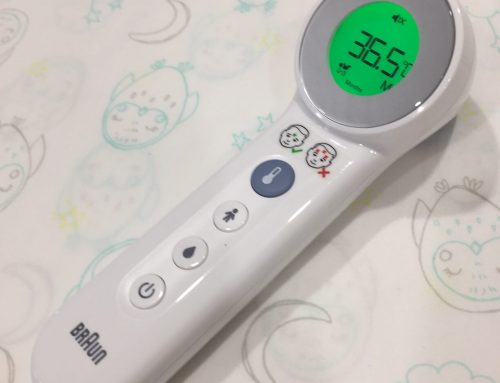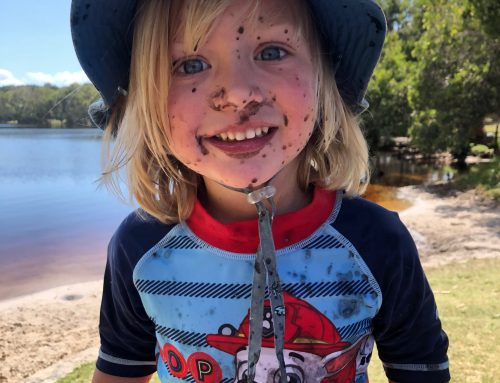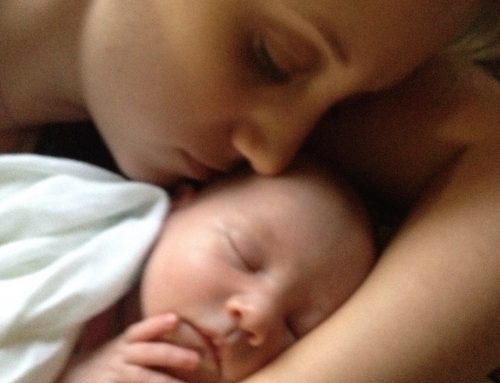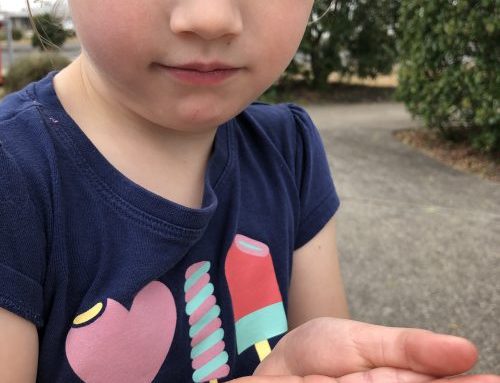It comes from a report from Grandjean et al in the Environmental Science & Technology Journal on August 20th. See this reference for the press-release. It also contains the reference for the original article. http://www.hsph.harvard.edu/…/breastfeeding-may-expose-inf…/ Prof Philippe Grandjean is a world expert on the issue of industrial toxins in our environment. After a lifetime of work in the field in 2013 he published a book on the subject :“Only One Chance, How Environmental Pollution Impairs Brain Development—and How to Protect the Brains of the Next Generation” (New York: Oxford University Press, 2013)., His latest study, is about the passage of PFASs (chemicals used to waterproof clothes, in packaging and lubricants) through breastmilk. It is yet another wake-up call to the global community that we are poisoning our planet. However many press reports have concluded that we should limit the duration of breastfeeding. That is another matter and not a recommendation of the Grandjean article. “There is no reason to discourage breastfeeding, but we are concerned that these pollutants are transferred to the next generation at a very vulnerable age. Unfortunately, the current U.S. legislation does not require any testing of chemical substances like PFASs for their transfer to babies and any related adverse effects,” said Grandjean in a press release from Harvard School of Public Health (above).
The study was not (as some comments have suggested) funded by the formula industry. The alternative of formula feeding has got many more, well described, problems (check out Maureen Minchin’s book ‘Breastfeeding Matters’ for a detailed treatise on the mistakes, tragedies and miscalculations of that industry), not to mention the subtle associated medical problems in the follow-up of formula fed babies. In addition these chemicals appear in the groundwater so feeding formula does not guarantee less exposure. The study also has some limitations. It was conducted with a small number of children in a fish-eating community in the Faroe Islands (north of the Shetland Islands in the Norwegian Sea) and some data were assumed (such as the concentration of PFASs in breastmilk). The ‘lifescience.com‘ article following expands on this and the prevalence of these chemicals in the environment and government response so far. http://www.livescience.com/51939-breast-feeding-babies-chemicals-pfas.html









Leave A Comment
You must be logged in to post a comment.